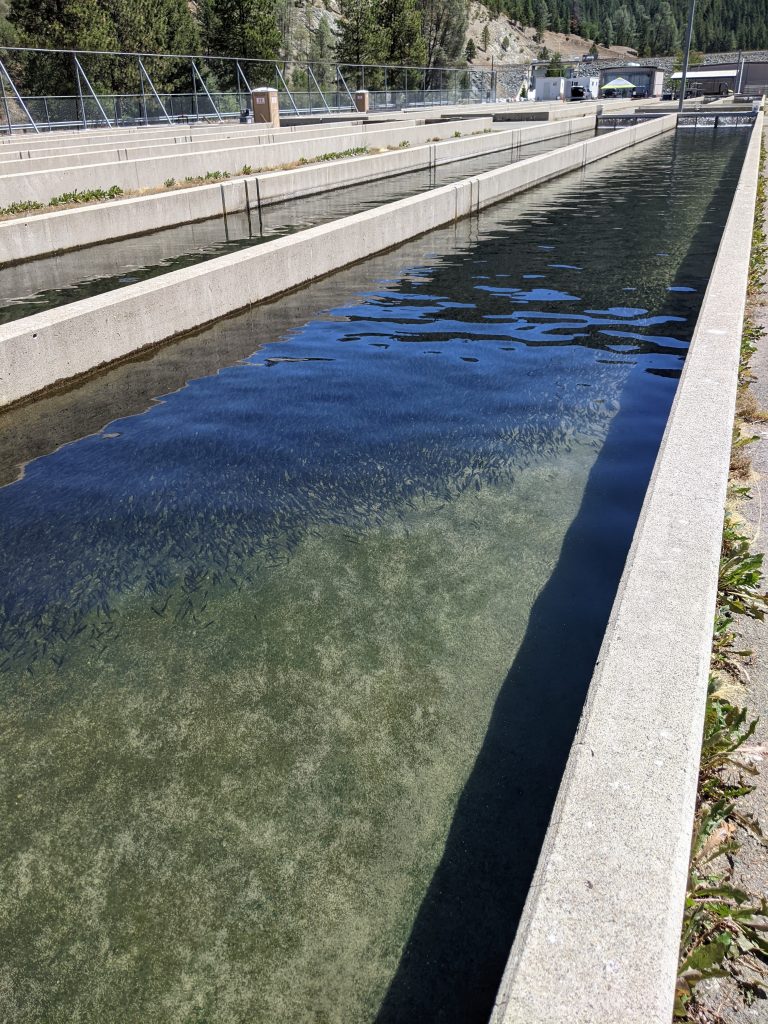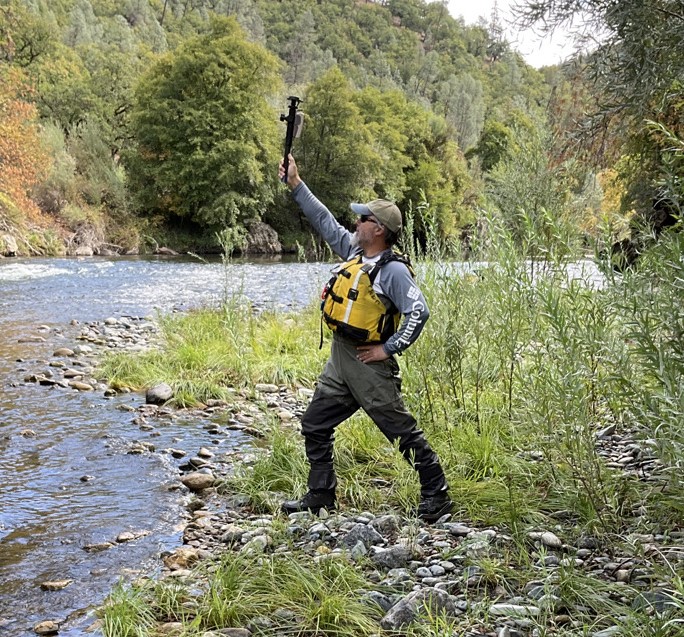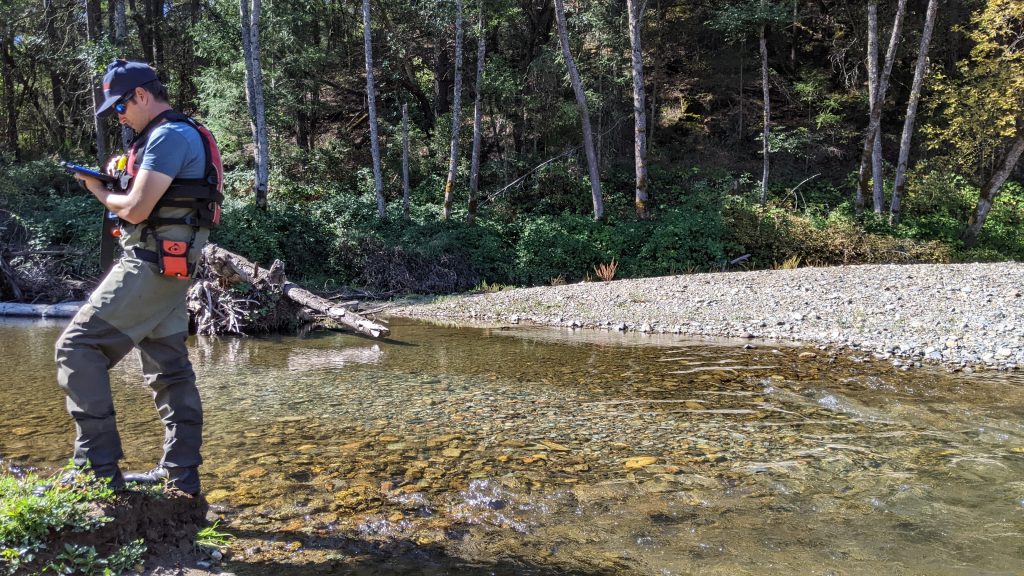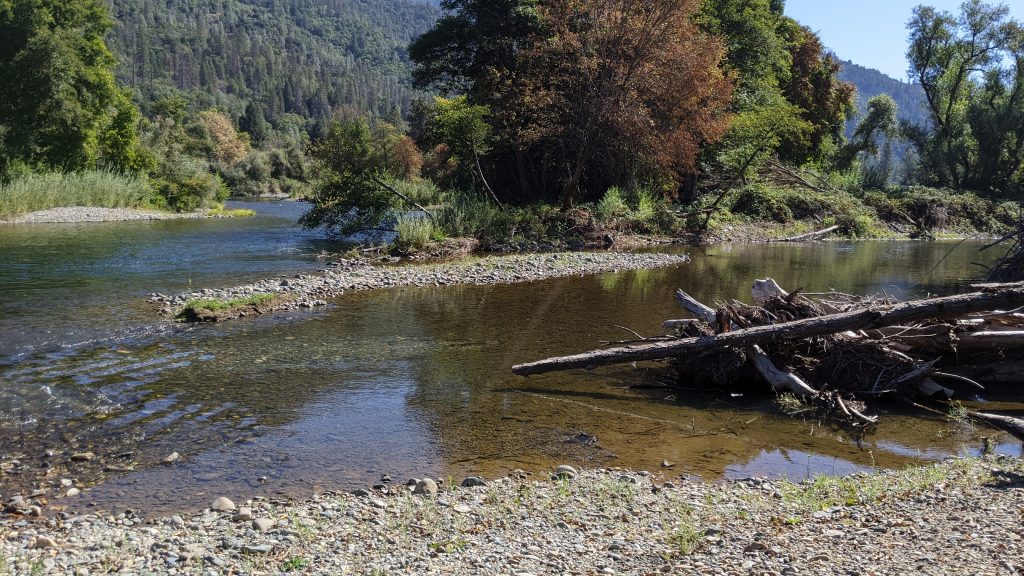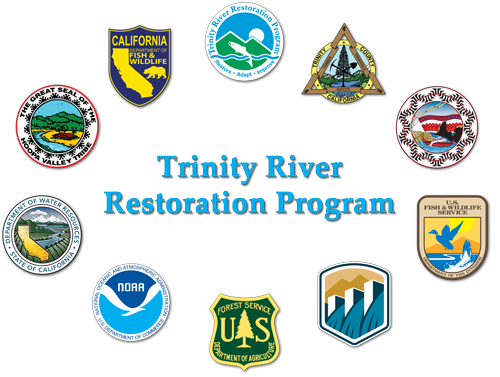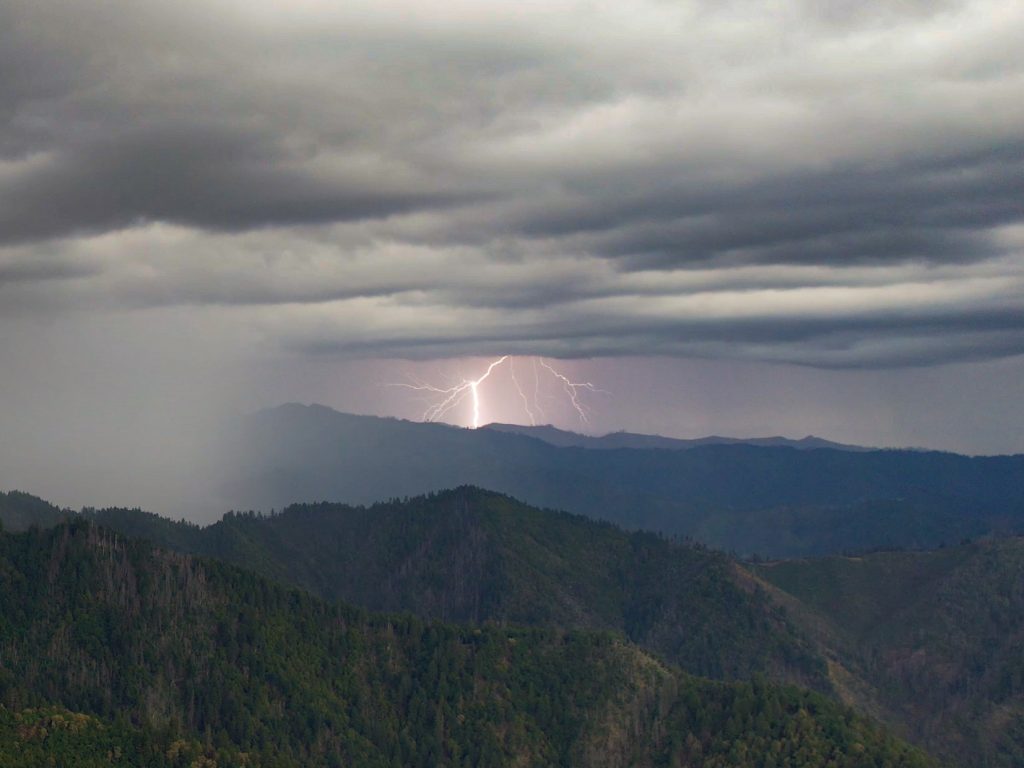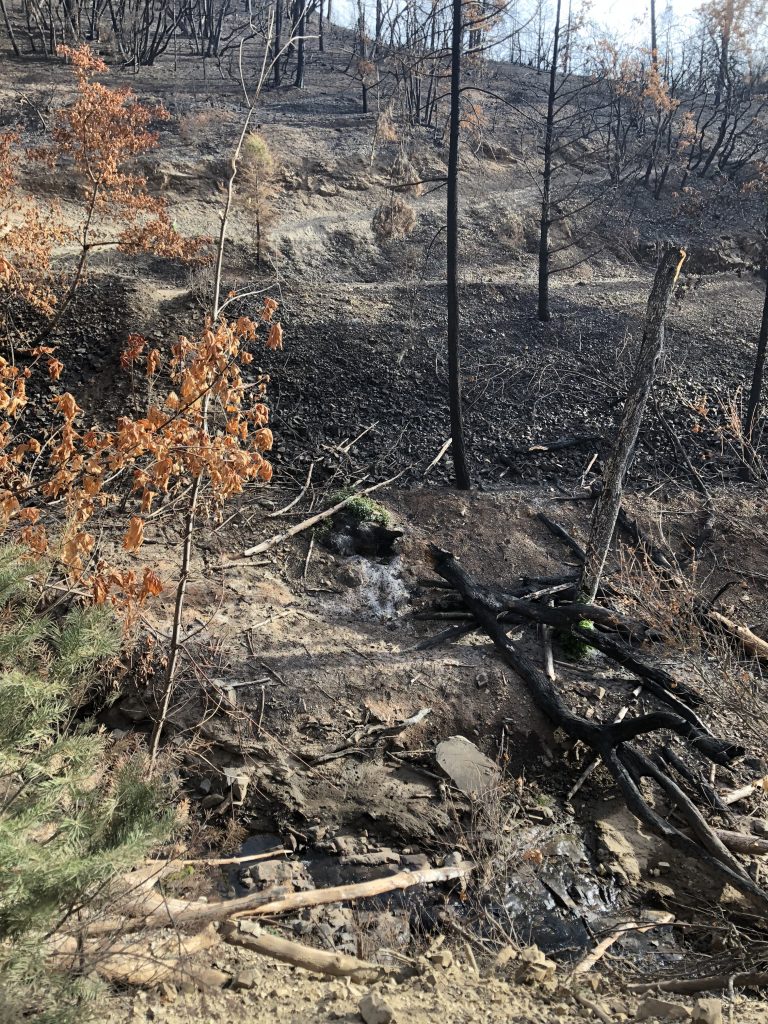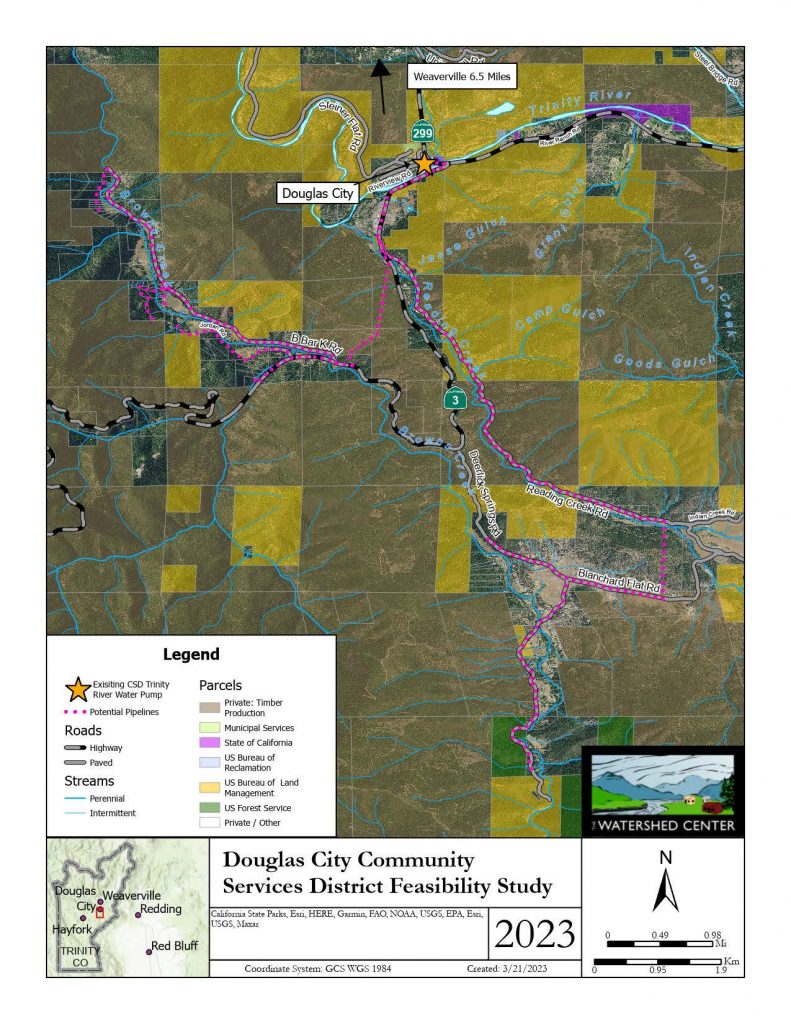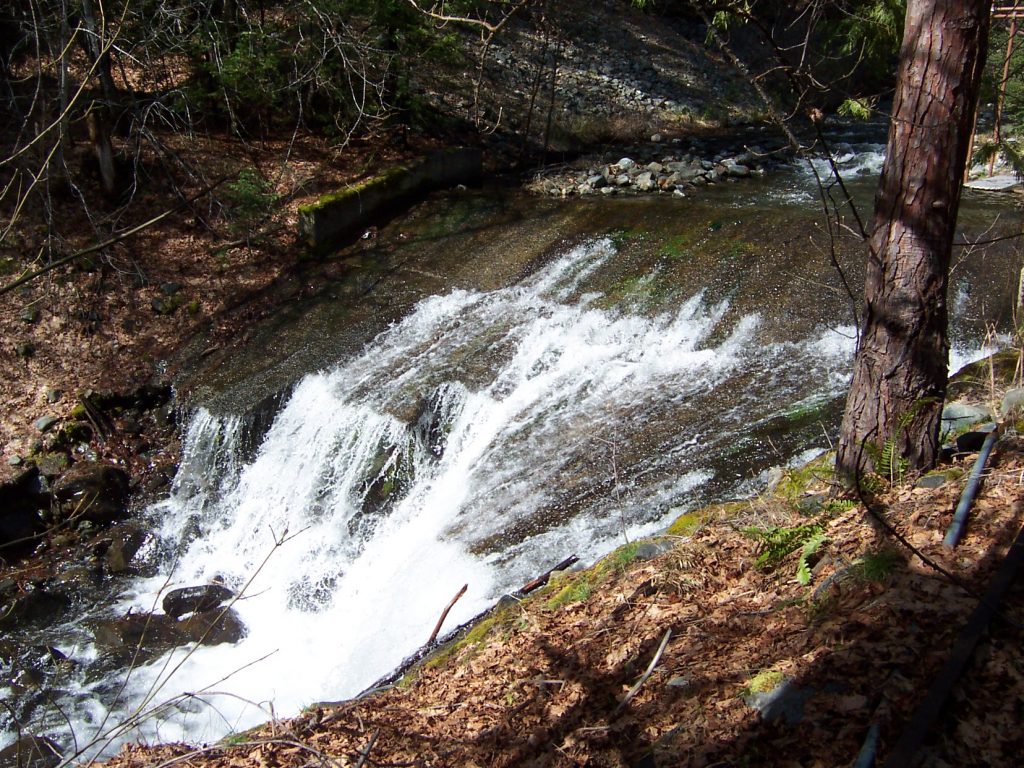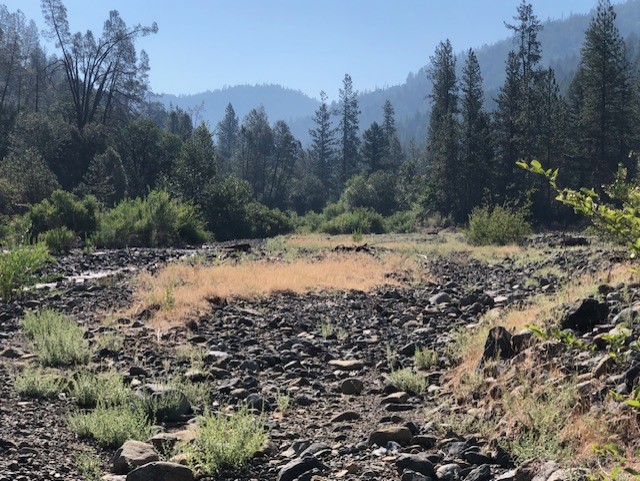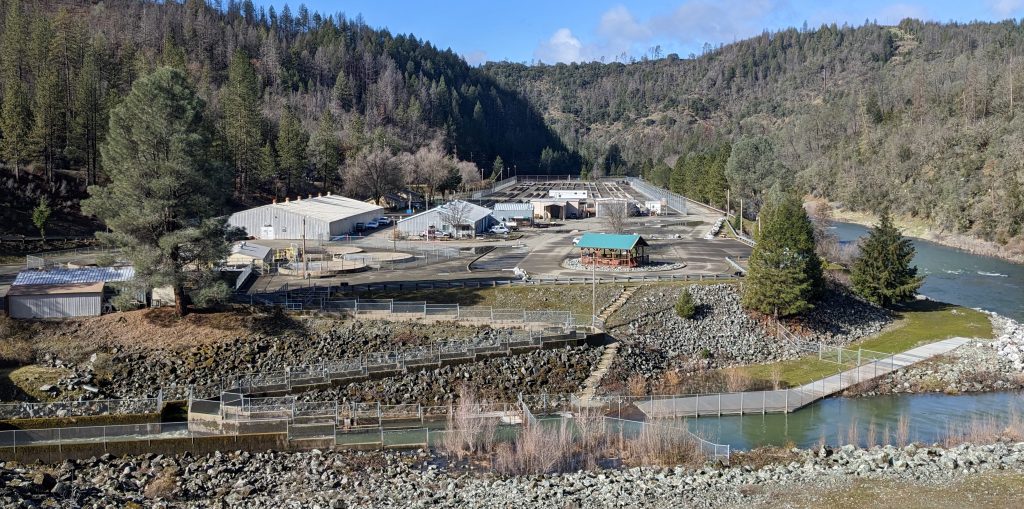
Trinity River Hatchery Modernization Project
Federal funding has provided the opportunity to institute much-needed modernization for the Trinity River Hatchery. Trinity River Hatchery (TRH) is a Reclamation-owned, Central Valley Project mitigation hatchery which was established to produce juvenile salmonids to mitigate for the loss of fish habitat upstream of Lewiston and Trinity Dams. Both dams are integral components of the Trinity River Division of the Central Valley Project. Reclamation owns the Trinity River Hatchery and the associated lands. Reclamation’s Northern California Area Office has funded the California Department of Fish and Wildlife to operate and maintain the Trinity River Hatchery since the hatchery’s construction in 1963. Additional support for Trinity River Hatchery operations comes from the Hoopa Valley and Yurok Tribes.
Currently, the hatchery’s annual goal is to produce approximately 5 million juvenile salmonids. The Trinity River Hatchery produces spring run Chinook Salmon, fall run Chinook Salmon, steelhead, and the federally threatened Coho Salmon. These species are highly significant for economic, recreational, and cultural values of the region. Trinity River Hatchery produced fish support tribal, recreational, and commercial fisheries in the Klamath River, Trinity River, and Pacific Ocean. Additionally, Trinity River Hatchery is an important and notable location for Trinity County and Northern California, receiving thousands of local visitors, school groups, and tourists, annually.
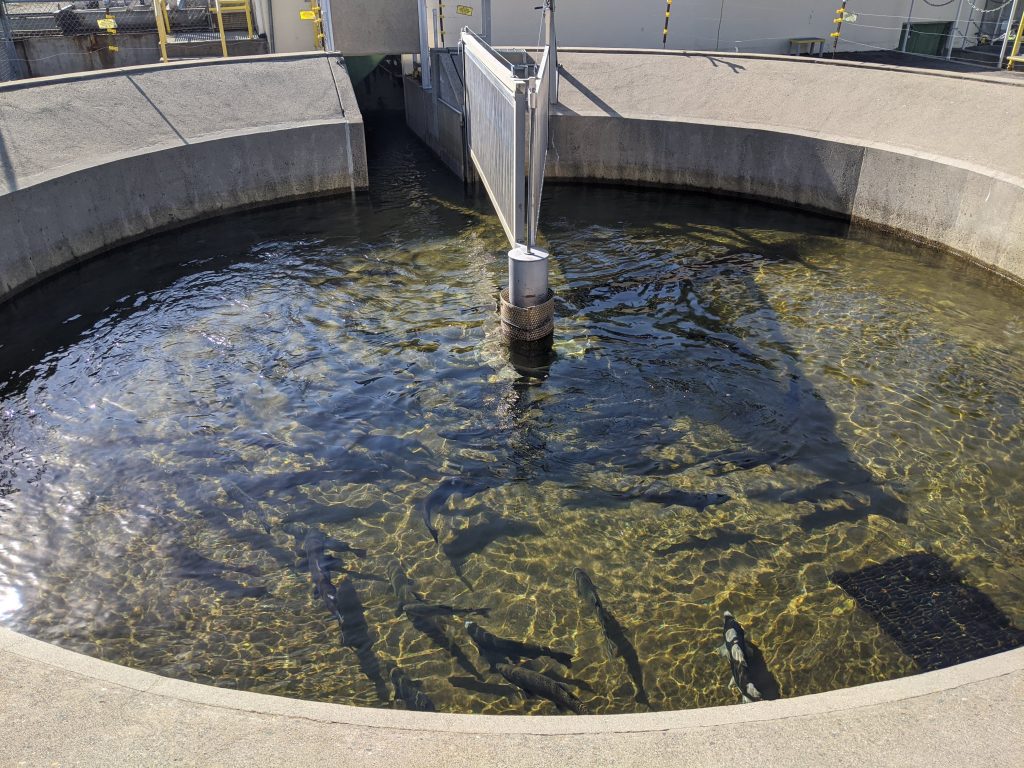
After 60 years of continual use, Trinity River Hatchery infrastructure has become antiquated, fallen into disrepair, and/or has passed its expected operational life. These issues have led to inefficiency in water use (e.g., broken valves that cannot be shut), outdated aquaculture infrastructure (e.g., limited adult holding capacity), and personal health and safety concerns (e.g., sink holes). Issues with the water supply regulation, for instance, introduce risks to fish production, fish health, and the ability to safely maintain and efficiently operate infrastructure. These problems are compounded by the new requirements for hatchery operations under two Biological Opinions (WCR-2018-9118 and WCRO-2019-0414) and a Coho Salmon Hatchery Genetics Management Plan. The current hatchery configuration and components make implementation of these legal requirements difficult. Trinity River Hatchery does not have the space and facilities to meet the needs of these new legal requirements (e.g., lack of adult broodstock holding space). Modernization is needed to address current facility short falls and bring contemporary aquaculture components to Trinity River Hatchery.
The Northern California Area Office initiated a project to fully review Trinity River Hatchery infrastructure through a third-party consultant. In 2022, the Trinity River Hatchery Infrastructure Review and Alternatives Analysis was completed. The report detailed the current condition of the facility and its systems, evaluated the current and future production goals, identified cost effective and programmatically viable infrastructure alternatives, assessed the biological and environmental risks associated with these alternatives, and provided cost estimates for the alternatives. This report was used as the basis (i.e., feasibility study/appraisal report) for Northern California Area Office’s Bipartisan Infrastructure Law (BIL) application. The estimated cost for implementing the preferred alternatives was $65.9 million.
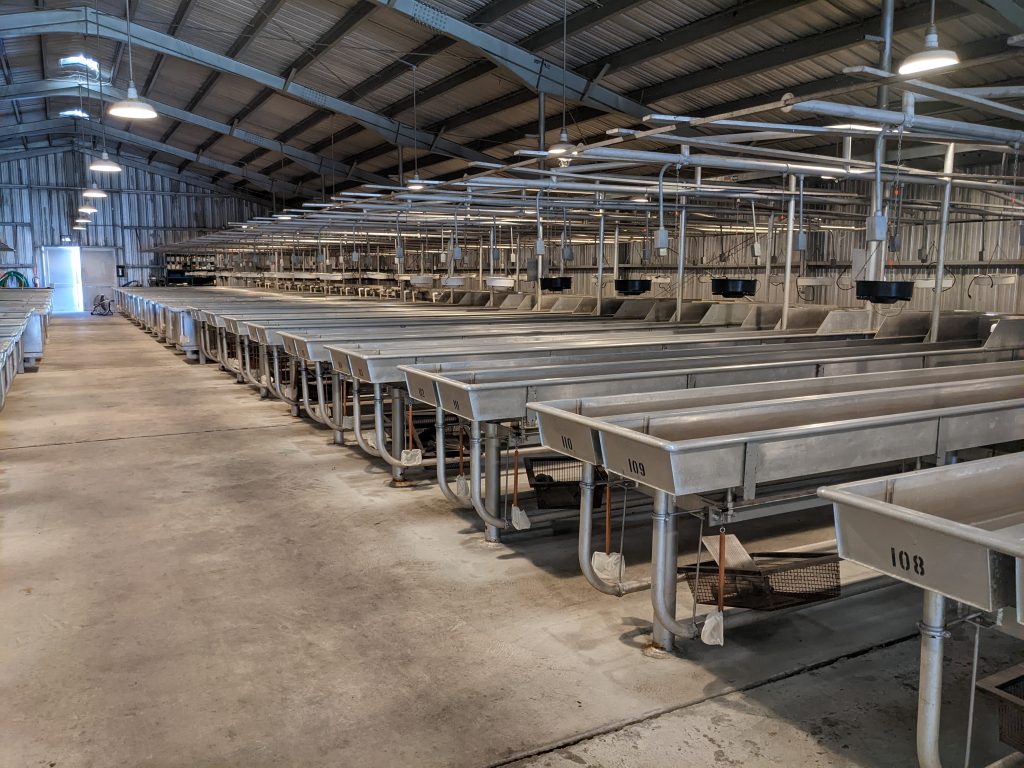
In early 2023, it was announced that the Bipartisan Infrastructure Law – Infrastructure Investment and Jobs Act (IIJA) would provide funding to modernize the Trinity River Hatchery. Through the IIJA, Reclamation looks to repair, upgrade, and/or rebuild Trinity River Hatchery infrastructure systems to meet the needs of modern aquaculture practices and technology. Major infrastructure systems that require modernization include the water intake, water treatment, water distribution, hatchery building, adult holding ponds, spawning building, effluent treatment facilities, office space, and maintenance buildings, along with many other components. A full list of key areas for modernization can be found in the Trinity River Hatchery Infrastructure Review and Alternatives Analysis document (Four Peaks Environmental 2022).
Once funding is secured, Northern California Area Office will begin working on developing permits and environmental compliance documents, seek the services of a qualified architecture and engineering firm for design, and plan for construction. Throughout the project, Northern California Area Office intends to work with our partner agencies and tribes, via a technical team. This large-scale project will take several years to complete.
Key Document
Four Peaks Environmental. 2022. Trinity River Fish Hatchery Infrastructure Review and Alternatives Analysis. Prepared for U.S. Bureau of Reclamation.

